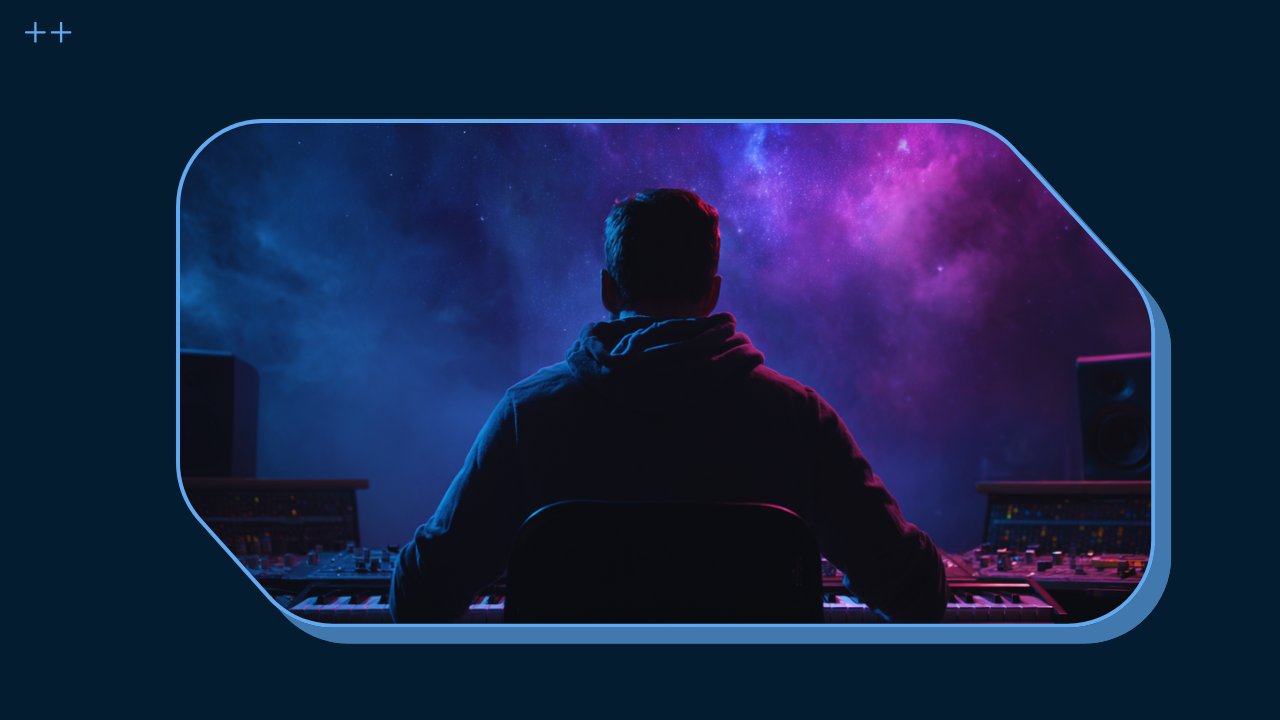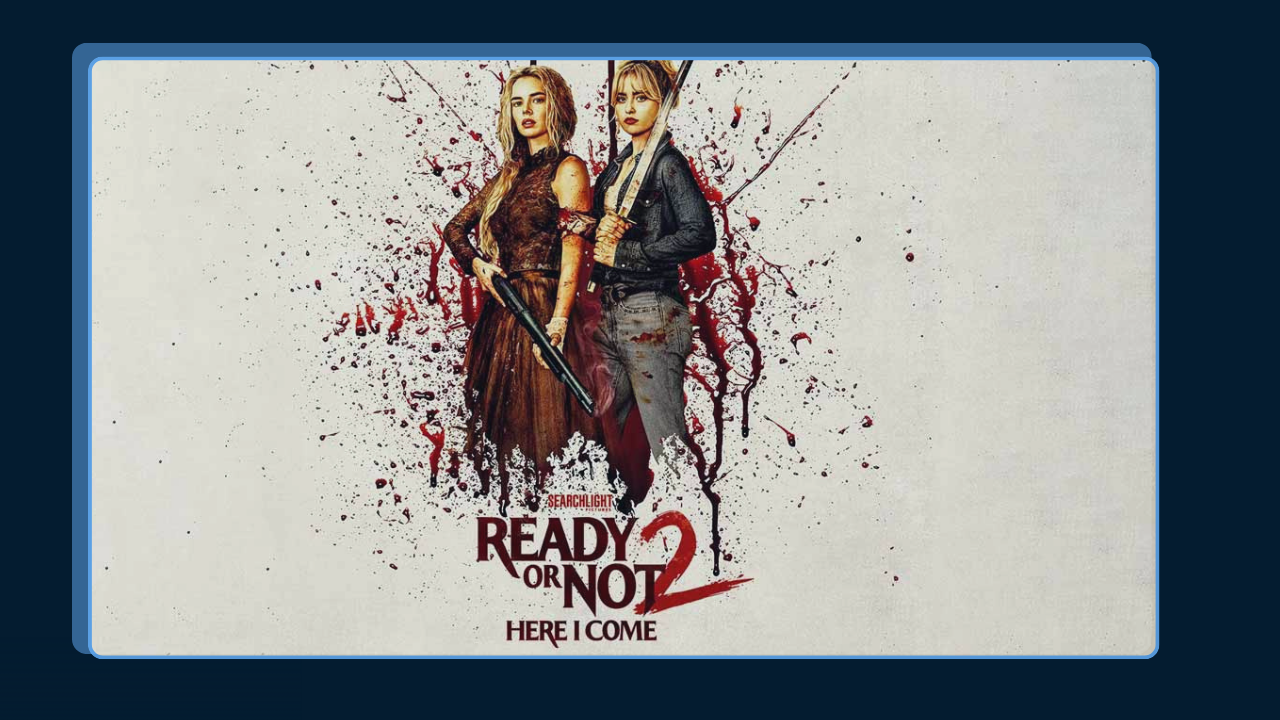How to Speak Music in Visual Media: Bridging the Gap Between Visual & Audio Storytelling
Introduction
In the vibrant world of film and video production, music plays an indispensable role, setting the tone, pace, and emotional resonance of a scene. Yet, many video creators find themselves lost in translation when it comes to articulating their musical needs. As the saying goes, “Music is a universal language,” but how do you speak it if you’re not a trained musician? Fear not, for this guide will serve as your translator, helping you navigate the complex lexicon of music.
1. Genres and Hybrids: Finding the Right Fit
Genres are broad categories of music, such as rock, jazz, classical, or hip-hop. Each genre has its own set of conventions and instruments. Moreover, in today’s eclectic musical landscape, hybrids like “dream pop” or “country trap” fuse elements from different genres, offering a vast palette for editors to choose from. In the ever-evolving world of music, recent hybrid genres from 2023 have included:
Synthwave Fusion: A fusion of synthwave and various other genres, often featuring retro-inspired electronic sounds combined with elements of rock or pop.
Afrobeat Jazz: A blend of traditional Afrobeat rhythms and jazz improvisation, creating a dynamic and rhythmic fusion.
Indie Folktronica: Combining the intimacy of indie folk with electronic and experimental elements, creating a unique and dreamy sound.
Rap-Rock Revival: A resurgence of rap-rock, where artists merge hip-hop lyricism with the energy and instrumentation of rock.
Global EDM Fusion: Electronic dance music (EDM) that incorporates influences from diverse global music traditions, resulting in vibrant and danceable tracks.
These genre-blending innovations are mirrored in the current era of film scoring, where scores are becoming increasingly hybrid compared to their traditional counterparts. Composers now have a limitless array of sonic possibilities at their disposal, enabling them to craft unique soundscapes that perfectly enhance the visual narrative.
2. Tempo: Setting the Pace
Tempo sets the pace for your musical storytelling. It defines the speed of the music, which can vary from a slow, romantic ballad to a fast-paced, heart-pumping rock anthem. When discussing tempo, consider terms like 'upbeat,' 'mid-tempo,' and 'slow-paced' to convey your desired mood. Your choice of tempo has the power to dramatically change the emotional resonance of your scene, making it essential for syncing visuals with the auditory experience you envision:
Upbeat tempos create a sense of excitement and energy.
Mid-tempo provides a balanced, moderate pace.
Slow-paced tempos evoke emotions of calmness and reflection.
Selecting the right tempo is a creative decision that can enhance the impact of your storytelling, ensuring a harmonious blend of visuals and sound.
3. Light and Dark: The Emotional Spectrum
In the world of music, emotions are painted with the broad strokes of light and dark. Light music might be associated with positive, uplifting scenes – think major chords, airy instrumentation, and a brisk tempo. On the other hand, dark music, with its minor chords, heavy instrumentation, and slower tempos, might be more suitable for intense, dramatic moments. Understanding this emotional spectrum can be your first step in communicating your musical needs effectively.
4. Melody and Tone: The Soul’s Expression
Melody is the series of notes that we often find ourselves humming along to. When thinking of melody, consider if you want something catchy and memorable or something more ambient and atmospheric. Tone, on the other hand, refers to the character or attitude of the music. Is it major (happy) or minor (sad)? Is it more atonal (lacking a clear key) or melodic (tuneful)? Understanding how melody and tone work together can help you convey the emotional depth you want in your visual storytelling.
Melody is the series of notes that we often find ourselves humming along to
5. Instrumentation: The Colors of Sound
Think of music as a canvas, and the choice of instruments as the colors you use to paint your masterpiece. A solo piano might evoke feelings of intimacy or nostalgia, while a full orchestra might convey grandeur and majesty. Consider the difference between an acoustic guitar and an electric one, or a flute versus a saxophone. Each instrument carries its own emotional weight, and understanding this palette can help you articulate your creative vision to composers and musicians.
6. Percussion: The Heartbeat of Your Story
Percussion instruments are often the backbone of a track, providing rhythm and drive. However, their absence can make a statement as well. From the deep, resonating beats of a bass drum to the sharp, crisp claps of a snare, each percussion element adds its unique texture. When describing percussion, consider whether you want something soft and subtle, like the gentle shake of a maraca, or something more pronounced, like the striking of a timpani. The choice of percussion can be the heartbeat of your story, guiding its pace and energy.
7. Scale: Crafting the Scope of Emotion
When we talk about scale in music for storytelling, it’s important to note that we’re not referring to melodic scales like major or minor but rather the size and perceived impact of a musical piece. Scale describes whether the music feels intimate and close or expansive and cinematic. This distinction is vital because a soft, delicate piano melody might create an intimate, personal moment, while a thunderous orchestral crescendo can evoke awe and grandeur. The same musical techniques—like fast-paced strings or emotive harmonies—can feel entirely different depending on their scale. Does your scene call for something restrained and introspective, or does it demand a colossal soundscape that fills every inch of the frame? Understanding and communicating this sense of scale ensures that your music not only complements but magnifies the emotional weight of your story.
Conclusion
In conclusion, understanding the language of music is crucial for visual storytellers aiming to enhance their work’s emotional depth and resonance. By familiarizing yourself with these concepts, you’ll be better equipped to communicate your musical vision, ensuring your scenes hit the right note every time.
Let’s Collaborate!
Need help building the tone for your production? Hit us up – the Rareform Audio team would love to help you create the perfect soundscape that speaks to your audience and enhances the power of your visual storytelling to new heights!


































